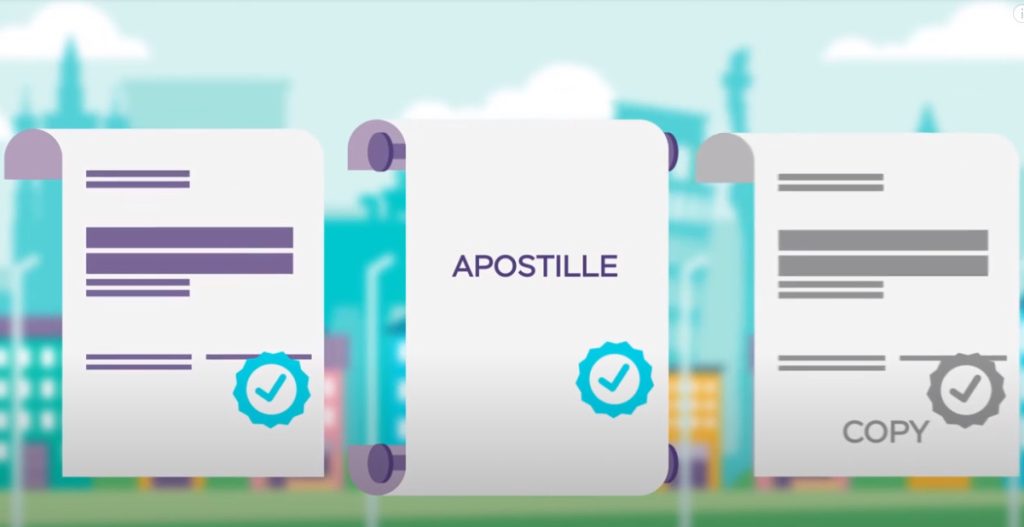Document translation is more than just replacing words from one language to another. It's a delicate artificial process, requiring not only language proficiency but also a deep understanding of context and cultural nuances. It's far more crucial to accurately convey the meaning of a word like "home" in another language, considering all its nuances and context, than simply translating it outright.
Document translators are specialists equipped with not only excellent language skills but also the ability to work with various types of documents. They can operate in diverse fields, from law and medicine to science and business. Their task is to ensure precise and high-quality document translation while preserving their meaning and structure.


Challenges of Document Translation
Documents are translated for vastly different fields: law, medicine, science and technology, business and finance, literature and art. Each may require its own specific dictionaries: scientific and technical, medical, etc., with vocabularies exceeding 70,000 words. Particularly cautiousness is required when dealing with personal documents of individuals. This is why specialized agencies always employ certified language experts. Translating certain documents presents many challenges, such as:- Birth, marriage, divorce, and death certificates;
- Employment-related documents – references, contracts, powers of attorney, employment records;
- Diplomas, certificates of education;
- Bank statements – accounts, financial transactions, client financial status statements;
- Notarial documentation;
- Court decisions;
- Certificates from law enforcement agencies regarding the absence of a criminal record, and other documents from the Ministry of Internal Affairs;
- Personal documents – passports, service certificates.

Idiomatic Expressions
Idiomatic expressions are phrases whose meanings cannot be understood literally, as they differ from the sum of the meanings of individual words. Translating such expressions into another language can pose serious difficulties since often there is no exact equivalent or it may sound strange or incomprehensible. Phrases like "to beat around the bush" or "to let the cat out of the bag" may only be understood by native speakers. They present challenges in translation, either requiring finding equivalent idioms or rephrasing.Cultural Context
Each culture has its unique features reflected in its language. Some concepts or expressions may be untranslatable into other languages due to differences in cultural values. For example, the German word "Gemütlichkeit" conveys a sense of coziness and comfort highly valued by Germans, but this might not be so obvious to English speakers. Translating documents from Chinese, Japanese, or Arabic poses particular challenges due to the radical differences in the culture of the speakers from European culture. For instance, Arabic is known for its rich array of honorifics, and using the wrong one could cause offense to the document recipient. Thus, in this case, the translator must be familiar with Islamic culture, its values, and concepts. For example, in an Arabic text, the phrase "أستاذ محمد" translates literally as "Respected teacher Mohammed." However, such a direct address might seem formal and unnatural in English. The translator might opt for a more common variation, such as "Mr. Mohammed" or "Professor Mohammed," to convey a similar level of politeness while maintaining naturalness and conformity to English (or other) language standards.Linguistic Differences
Every language possesses unique characteristics – its own vocabulary, grammar, and syntax. This is why a literal translation is often impossible. For instance, the German word "Schadenfreude" has no direct English equivalent and requires explanation or rephrasing. In Japanese, for example, there's a rich array of honorifics reflecting levels of respect and intimacy between speakers. When addressing someone unfamiliar or senior in rank or status, the term "san" (さん) is used, for instance, "Tanaka-san" (田中さん). However, for more intimate relationships, like among friends or family members, different terms of address are used, such as "kun" (くん) for males and "chan" (ちゃん) for children or close friends.
